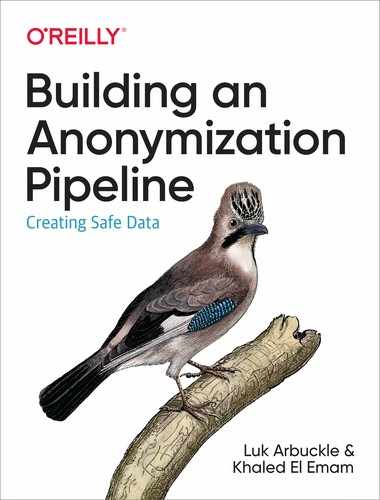Book Description
How can you use data in a way that protects individual privacy, but still ensures that data analytics will be useful and meaningful? With this practical book, data architects and engineers will learn how to implement and deploy anonymization solutions within a data collection pipeline. You’ll establish and integrate secure, repeatable anonymization processes into your data flows and analytics in a sustainable manner.
Luk Arbuckle and Khaled El Emam from Privacy Analytics explore end-to-end solutions for anonymizing data, based on data collection models and use cases enabled by real business needs. These examples come from some of the most demanding data environments, using approaches that have stood the test of time.
